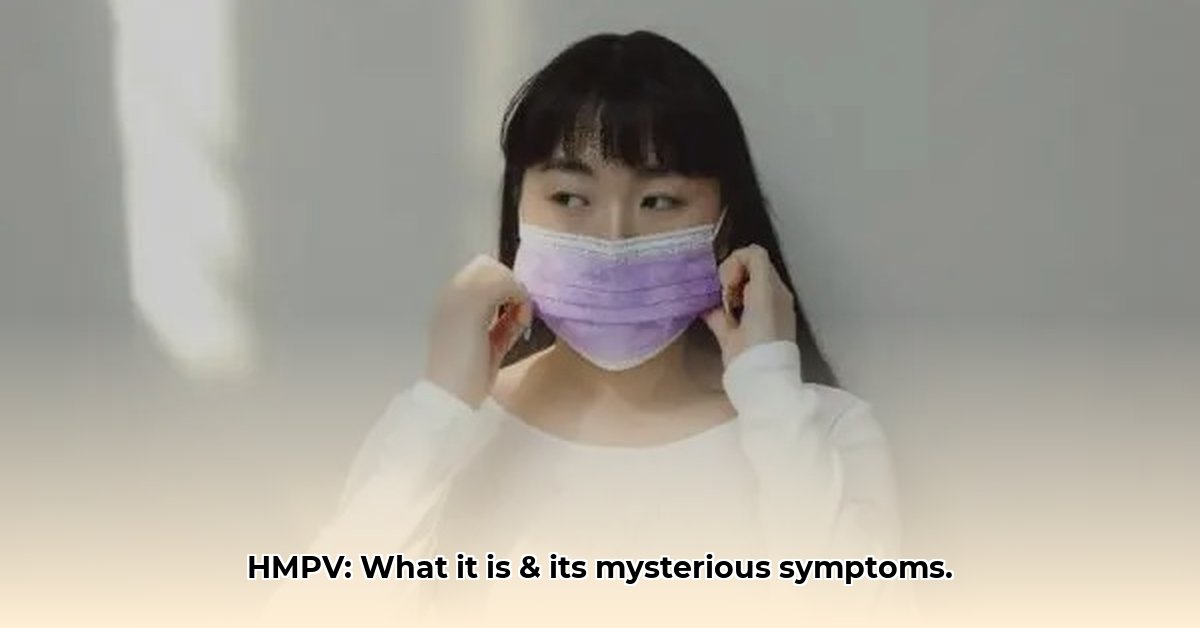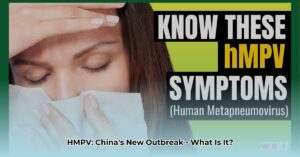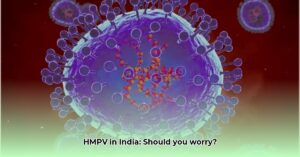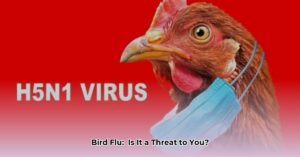Understanding HMPV
Human metapneumovirus (HMPV) is a common respiratory virus, first identified in 2001. It’s related to the respiratory syncytial virus (RSV) and, like RSV, is part of the Pneumoviridae family. HMPV causes infections in the lungs and respiratory tract, leading to a range of symptoms from mild cold-like illness to more serious complications like bronchiolitis or pneumonia, particularly in vulnerable individuals.
Recognizing HMPV: Is It Just a Cold?
HMPV symptoms often mimic those of a common cold, which can make it difficult to distinguish between the two. Common symptoms include:
- Cough: This can range from a dry, ticklish cough to a productive cough with mucus.
- Runny nose: Nasal discharge can be clear or colored.
- Congestion: A stuffy nose can make breathing difficult.
- Sore throat: A scratchy or painful throat is a common symptom.
- Fever: Not everyone with HMPV develops a fever, but it is possible.
- Fatigue: Feeling unusually tired or weak is common.
More concerning symptoms that may indicate a more serious infection include:
- Wheezing: A whistling sound when breathing, especially in infants and young children, can be a sign of bronchiolitis.
- Shortness of breath: Difficulty breathing or rapid breathing requires immediate medical attention.
Because these symptoms overlap with many other respiratory illnesses, a doctor might perform a nasal swab or molecular test to confirm an HMPV diagnosis.
HMPV Transmission: How It Spreads
HMPV spreads primarily through close contact with an infected person via:
- Respiratory droplets: These are tiny particles released when someone coughs, sneezes, or talks. Inhaling these droplets can lead to infection.
- Contaminated surfaces: HMPV can survive on surfaces for a short time. Touching a contaminated surface and then touching your eyes, nose, or mouth can transmit the virus.
- Airborne transmission (possible): While less common, some research suggests HMPV might be able to linger in the air, increasing the risk of airborne spread. This is still an area of active research.
Treating HMPV: Managing Symptoms
Currently, there’s no specific antiviral medication to cure HMPV. Treatment focuses on managing symptoms and supporting your body’s natural defenses. This typically involves:
- Rest: Adequate rest allows your immune system to fight the infection effectively.
- Hydration: Drinking plenty of fluids helps thin mucus and prevent dehydration.
- Over-the-counter medications: Pain relievers like acetaminophen (Tylenol) or ibuprofen (Advil, Motrin) can help reduce fever and relieve aches and pains. Cough suppressants may offer some relief, but consult a doctor before using them in children.
- Nasal saline drops or sprays: These can help clear nasal congestion.
- Humidifier: Adding moisture to the air can ease breathing discomfort.
For severe cases, particularly in high-risk individuals, hospitalization may be necessary for supportive treatments like oxygen therapy.
Protecting Yourself and Others: Prevention Strategies
Preventing HMPV relies on similar strategies used for other respiratory illnesses:
- Handwashing: Wash your hands frequently with soap and water for at least 20 seconds. Use hand sanitizer with at least 60% alcohol when soap and water are unavailable.
- Respiratory hygiene: Cover your coughs and sneezes with a tissue or your elbow.
- Avoid close contact: Minimize close contact with sick individuals.
- Clean and disinfect: Regularly clean and disinfect frequently touched surfaces.
Who Is at Risk?
While anyone can get HMPV, some people are more susceptible to severe illness:
- Infants and young children: Their immune systems are still developing.
- Older adults (65+): Immune responses may not be as robust.
- People with weakened immune systems: This includes individuals with chronic illnesses or those taking immunosuppressant medications.
Potential Complications
Most people recover from HMPV without long-term issues. However, it can sometimes lead to more serious complications like:
- Bronchiolitis: Inflammation of the small airways in the lungs, particularly in young children.
- Pneumonia: A lung infection that can be serious.
Diagnosing HMPV
Diagnosing HMPV can be challenging due to its similarity to other respiratory illnesses. Doctors typically consider symptoms, medical history, and may perform lab tests such as PCR tests on respiratory samples (nasal swabs) to confirm the diagnosis.
Ongoing Research and Future Directions
Research into HMPV is ongoing, exploring areas like:
- Vaccine development: Scientists are actively working to develop a vaccine to prevent HMPV infections.
- Antiviral treatments: Research is underway to identify effective antiviral medications specifically targeting HMPV.
Frequently Asked Questions (FAQs)
- Q: How is HMPV different from RSV? A: Both viruses cause similar respiratory illnesses, but they tend to circulate at different times of the year. HMPV is more common in late winter and spring, while RSV peaks in fall and winter.
- Q: How long does HMPV last? A: The duration of HMPV infection is typically similar to a common cold, lasting about one to two weeks. However, the cough can sometimes persist for several weeks.
- Q: Is HMPV contagious? A: Yes, HMPV is highly contagious and spreads easily through close contact and respiratory droplets.
If you suspect you or your child has HMPV, especially if symptoms are severe or you belong to a high-risk group, consult a healthcare professional for proper diagnosis and guidance. Stay informed and stay healthy!




